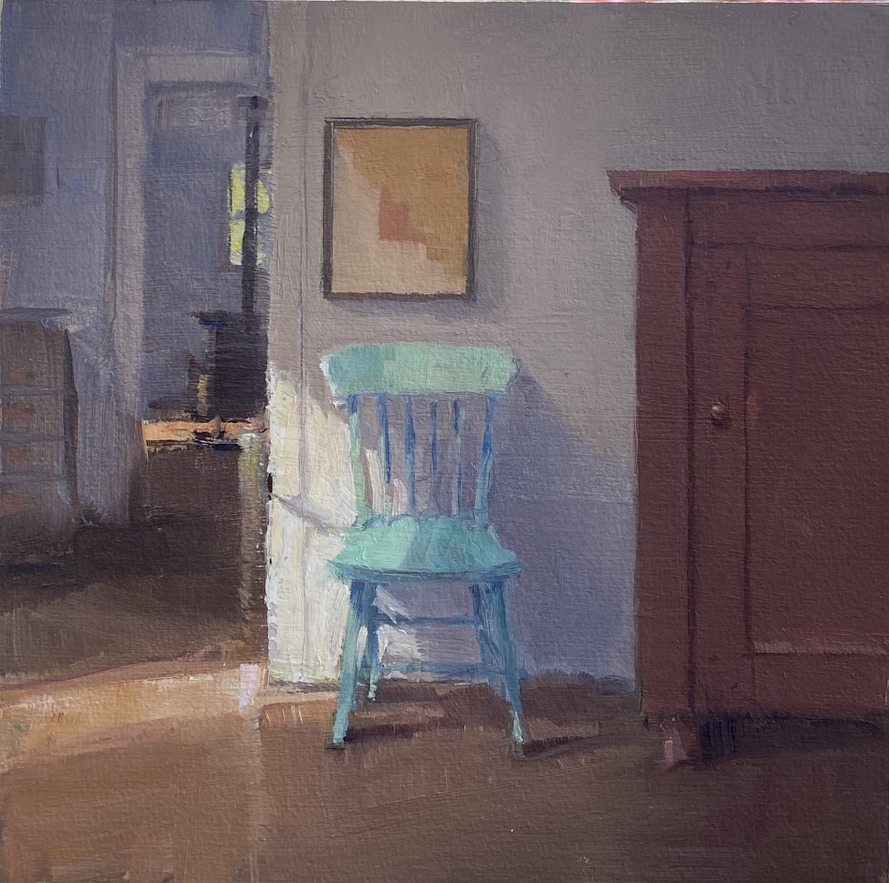Luce is the name of the official mascot/logo for Rome’s 2025 Jubilee. A kitschy cartoon pilgrim derived from the cult-of-cute in Japanese comic books and animation, it is the brainchild of the Dicastery for Evangelization. Artificially child-like, Luce signals Vatican surrender to the hegemony of Pop culture. Competing for ratings in an image-saturated culture—one that values spectacle over argument—Mother Church has to entertain the customers. She needs to lighten up, lift her hems a bit, and show a little ankle.
That means renovating the Church’s traditional symbolic system. Continue Reading




